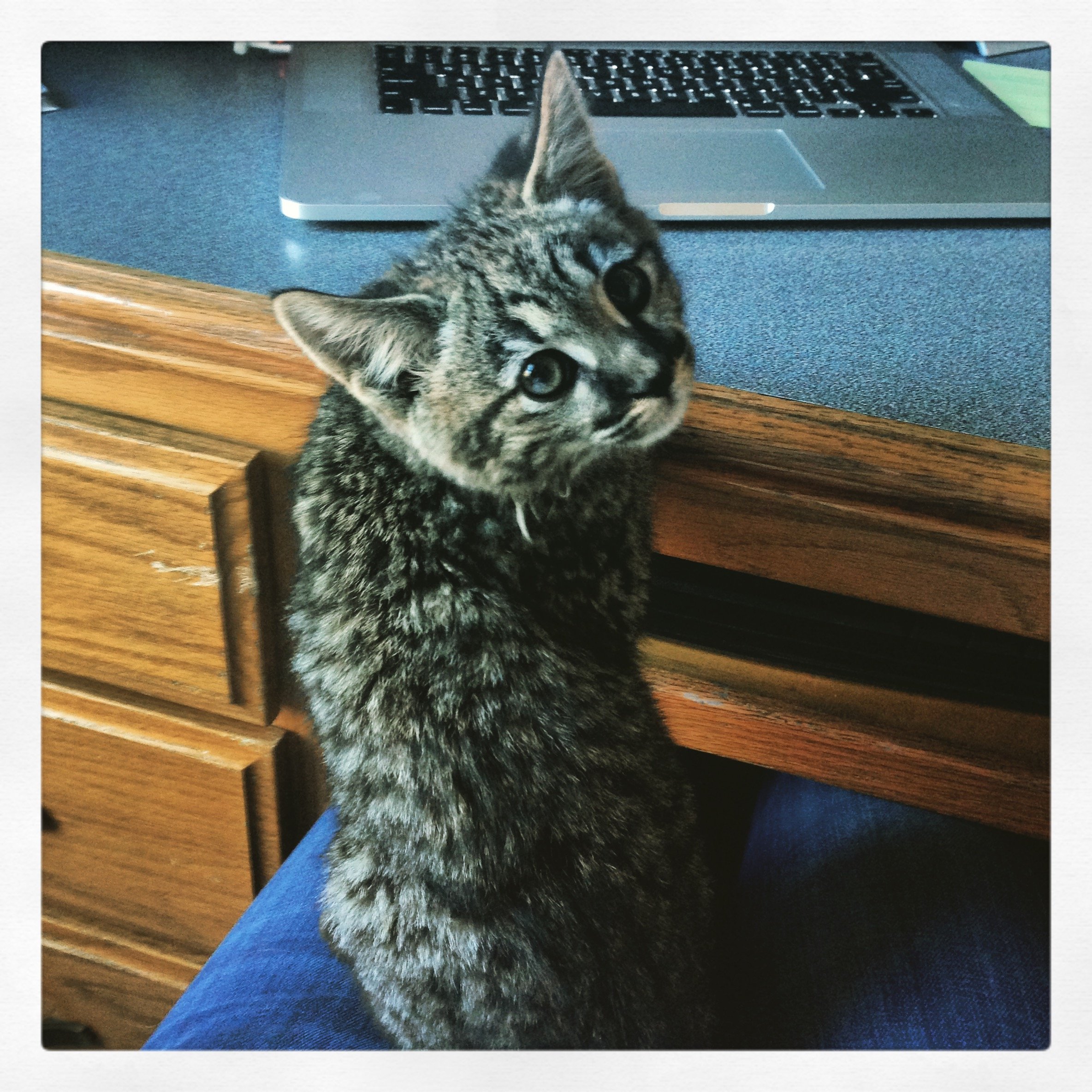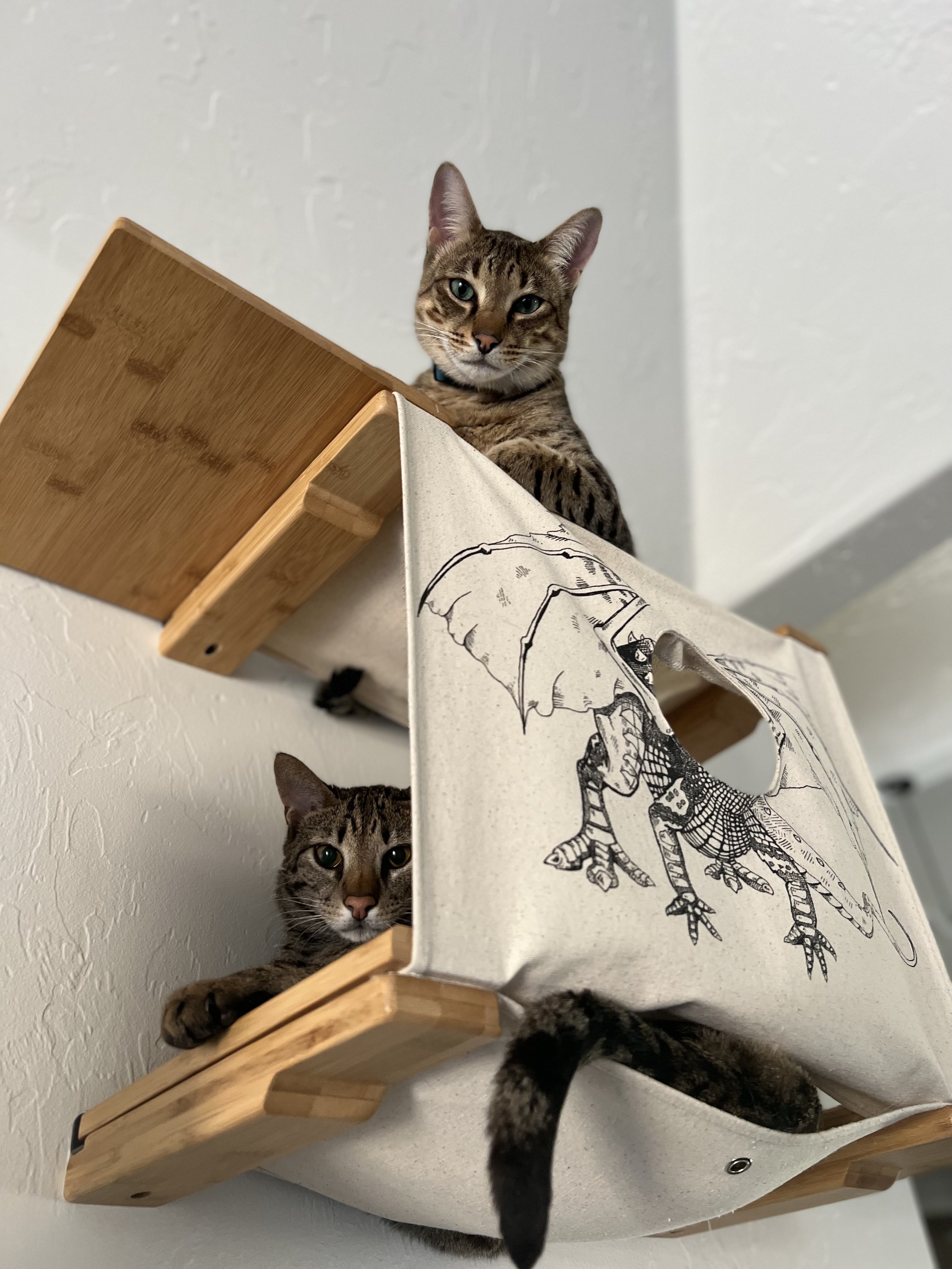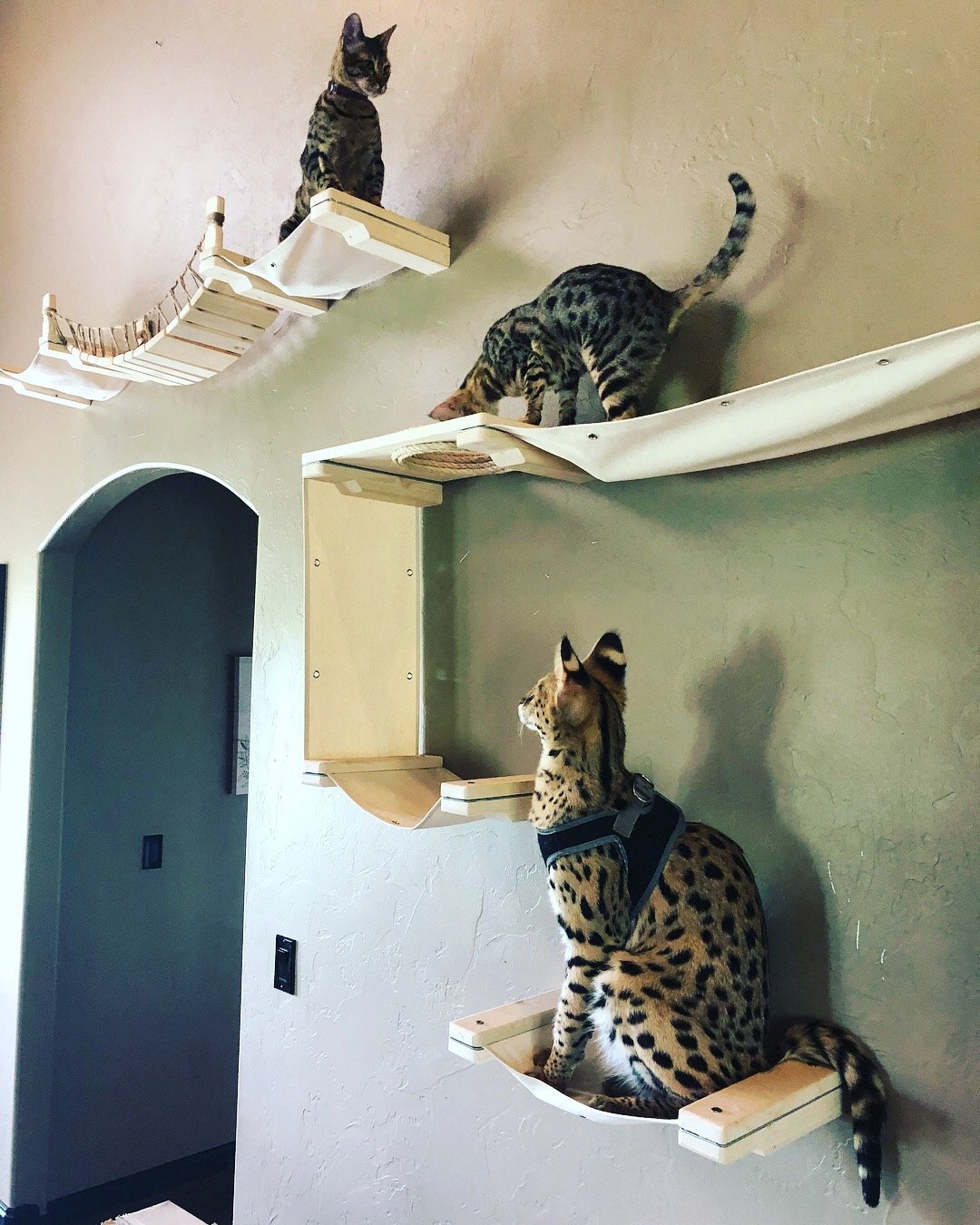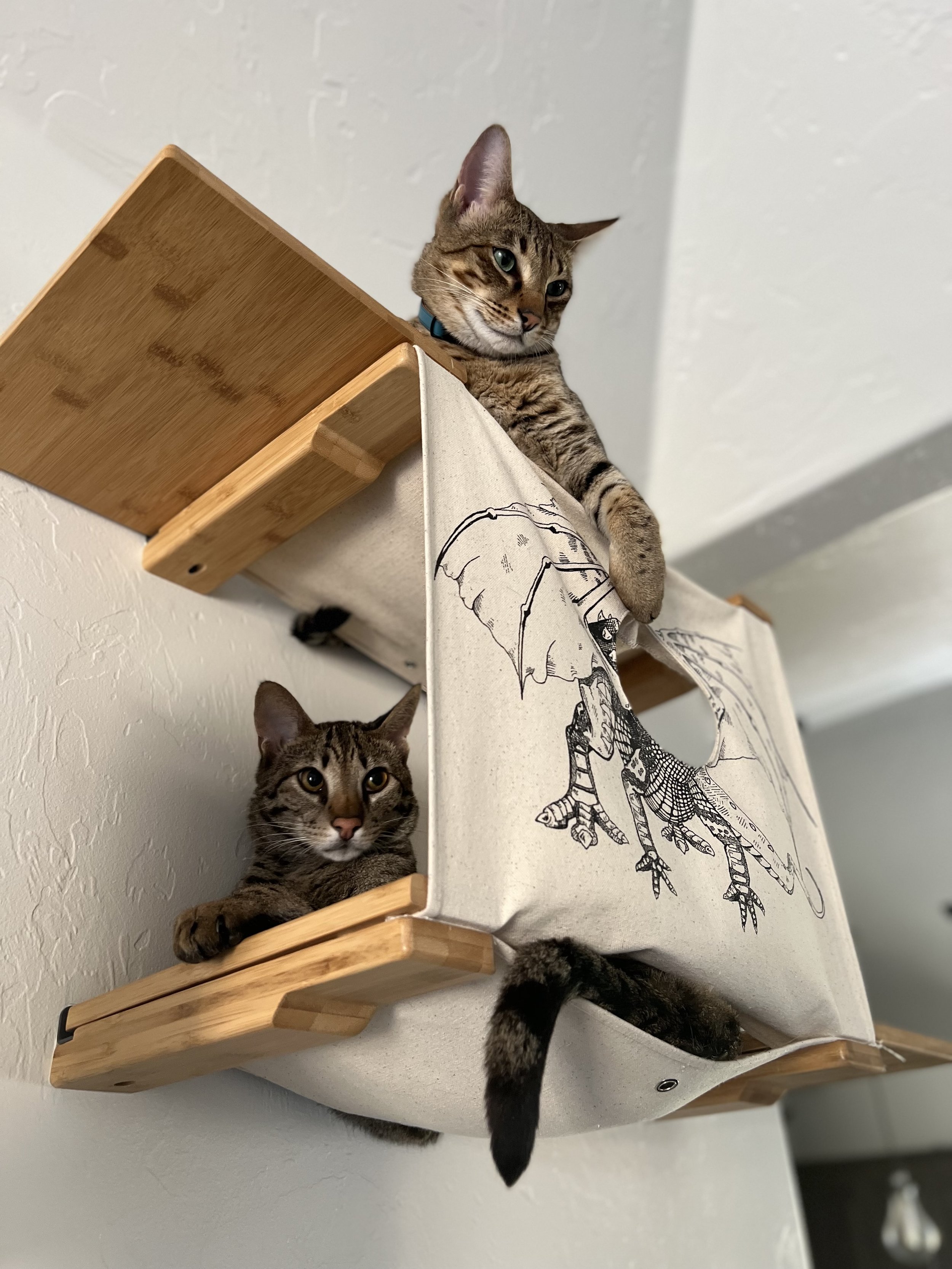It is not uncommon to have a cat as part of a family or an individual in these times. In fact, more often than not, families make pets (especially cats) part of their family in this century. According to a recent survey by Forbes, over 65% of American households own pets, and about 40% own cats. Surely, families are seeing the benefits of owning these wonderful pets, or else they would not be so much in American homes.
Cats are vital pets to families as they can offer a wide range of benefits, from emotional support to companionship. Many experts believe that a bond with your cat can increase your life and the pet’s lifespan. However, owners must be intentional about their actions towards their cats.
Looking to bond better with your pet? This article has been curated just for you. Read up to learn more ways to bond with your cat.
Ways to Bond Better With Your Cat
Here are some ways to strengthen the bond with your cat:
Schedule Some Cat Time
When it comes to the relationship with your pet cat, you should know that cats are just like humans (females especially. One wonders if it’s different with female cats). Cats need attention, and not just attention, but quality attention. You need to make time to spend with your cat and ensure you spend it well.
You should not be rubbing their ears or playing games on this website while you scroll on Instagram. Give them your utmost attention when you play with them, and do not forget to throw in some nibbles and treats when you can. Giving them massages and grooming them are also ways to spend quality time with them.
Go for Walks with Them
Walking with your cat is also a good way to bond with them. Parks are a good location to do this, but if possible, map out a quiet route and use it. Your cat will surely love you more for this. A scenic walk along the river or beach is always a good choice, and country walks with minimal interruptions with squirrels in the trees are the best! Just ensure you always hold on to the leash, okay?
Be Patient with Your Cat
As with children, you must be patient with your cats. Patience is a required virtue in dealing with pets and cats. Whether it is helping your cat learn a new trait or helping them settle in new surroundings, patience is vital and necessary. Without this, they might never be at peace with you and around you.
Asking your cats to do much more than they can is sure to discourage them from bonding with you. For instance, they might be shy around visitors and would prefer to lie down in their beds while visitors come to see them. Do not rush the process, okay?
Be Positive
Cats bring a lot of joy and happiness but can also cause you to tear your hair out. You could buy the new Nike Air sneakers and find them being eaten by your cat. What do you do then?
Nothing. Yes, nothing.
Cats might not know what’s wrong until you tell them. It is important to be positive about everything to help your cats feel happier and more welcome. Sure, you should, from time to time, express displeasure, but ensure it is few and far between. Cats are happy in happy spaces, so keep your space happy.
Always remember that cats can tune in to our feelings and be affected by them, just like humans. Remember this the next time your cat breaks a cup and eats up your shoes. Again, patience is key.
Teach Your Cat a New Trick Every Month
Teaching your cat some tricks might seem like a herculean task, especially for specific cats. However, the benefits far outweigh the demerits. Teaching your cat tricks at a young age can increase their socialization skills and mannerisms and help them act better in a myriad of situations. It is not enough to stop at basic obedience training but to go several steps further.
Training your pet cat exercises its brain and improves its cognitive abilities before it reaches its later years. Schedule daily training sessions with your cat and start with basic tricks like rolling over and high-fives.
Cats love to please people and would, naturally, do anything to attain this goal. Cats also love the ancient yet effective game of fetch, which makes the blood tumble along the veins when needed. Your cat will certainly enjoy learning these tricks, so give it a go.
Conclusion
Cats are adorable, furry pets, and we all love to play with them every now and then. You should look to give them the best possible care, love, and attention to ensure your bond strengthens as the days go by. Remember, a cat is man’s best friend. Keep the bond strong, and you have a loyal friend till the end.













